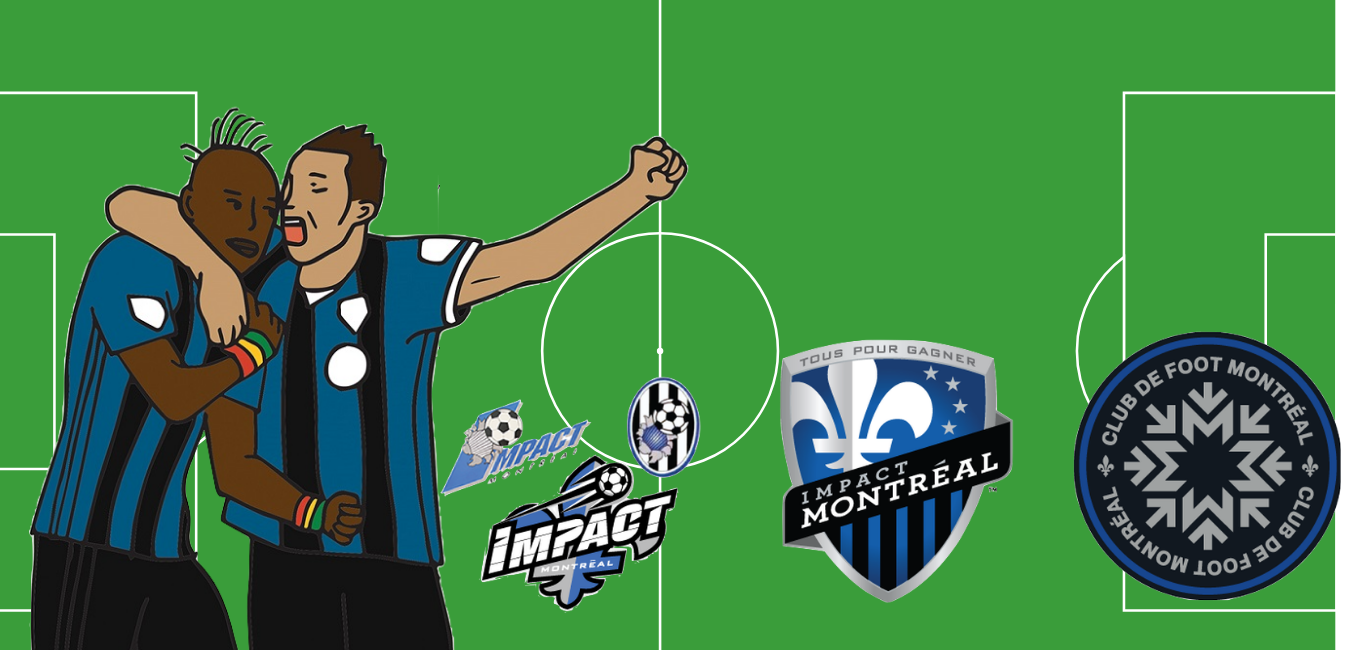New branding, new head coach and eight new players bring hopes that the upcoming season will be better than the last one
The Club de Foot (CF) Montreal has signed eight players this off-season, the greatest number of contracts given by the club since 2015. That year, the team made it to the Concacaf Champions League final. So, what can fans, players, and coaches expect for the upcoming season?
Let’s start by remembering what happened in 2015: the club started its season with seven new players on the starting lineup, and made it to the Champions League final and the Major League Soccer (MLS) quarter-finals. This season was arguably the greatest campaign since the club joined the MLS in 2012.
Compared to 2015, last season is one to forget for CF Montreal fans. Their favourite club was eliminated from the Champions League, finished ninth in the MLS Eastern Conference. Fortunately, the club drastically changed over the winter, in all ways possible.
The club changed its name and logo, Head Coach Thierry Henry left his coaching duties for family reasons and has been replaced by Wilfred Nancy, and eight new players have been signed to the team.
The 2021 season starts on April 17, with the team facing a lot of uncertainty. The lineup that finished last year on the pitch is expected to be very different from the one that will start this season. From the eight new players, four came from free transfers (Zorhan Bassong, Erik Hurtado, Bjørn Johnsen, and Aljaž Struna), two came on loan (Ahmed Hamdi and Joaquín Torres) and two were bought in exchange for allocation sums (Djordje Mihailovic and Kamal Miller).
From all those athletes, two names drew a lot of attention from the media. Mihailovic and Johnsen are the two players raising the most hope for this upcoming season. Mihailovic is a 22-year-old offensive midfielder who played for the Chicago Fire last season. His success will depend on his capacity to work with Samuel Piette and Victor Wanyama to create a solid central midfield. Johnsen is a tall and muscular striker. Last season, he played for Ulsan Hyundai in South Korea. He has a game volume similar to Jozy Altidore.
Since Ignacio Piatti left in January 2020, the club has been searching for a player who is able to regularly create goal opportunities. Mihailovic will probably play as a number 10 behind Johnsen. This offensive duo could become the best attack the club has had since Piatti and Didier Drogba.
So which Montreal FC players can expect to start the season on the field? Clément Diop will surely be the starting keeper, as there is very little competition for his spot. From left to right, the defensive line should be composed of Mustafa Kizza, Luis Binks, Struna, and Zachary Brault-Guillard. MFC should align two defensive midfielders, Piette and Wanyama. The two wingers should be Romell Quioto and Lassi Lappalainen. The offensive midfielder will surely be Mihailovic and the striker should be Johnsen. Whatever the lineup may be, fans can look forward to an exciting season like they haven’t seen in quite some time.
